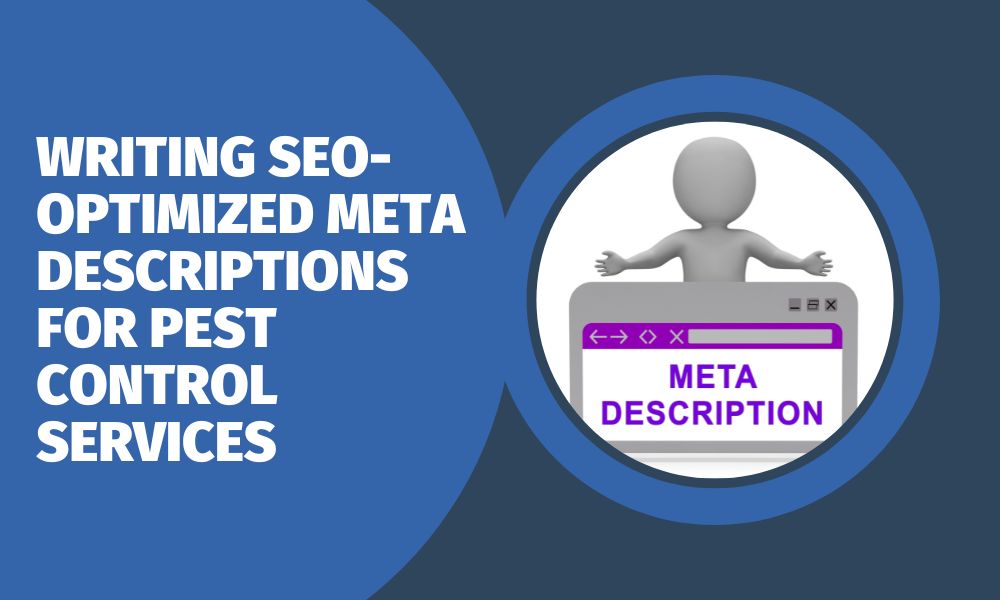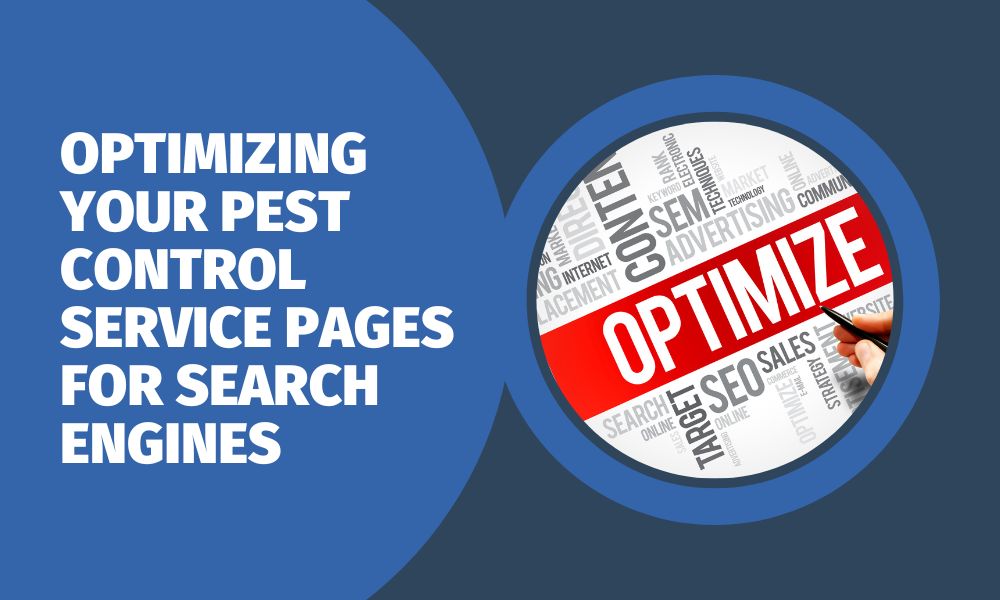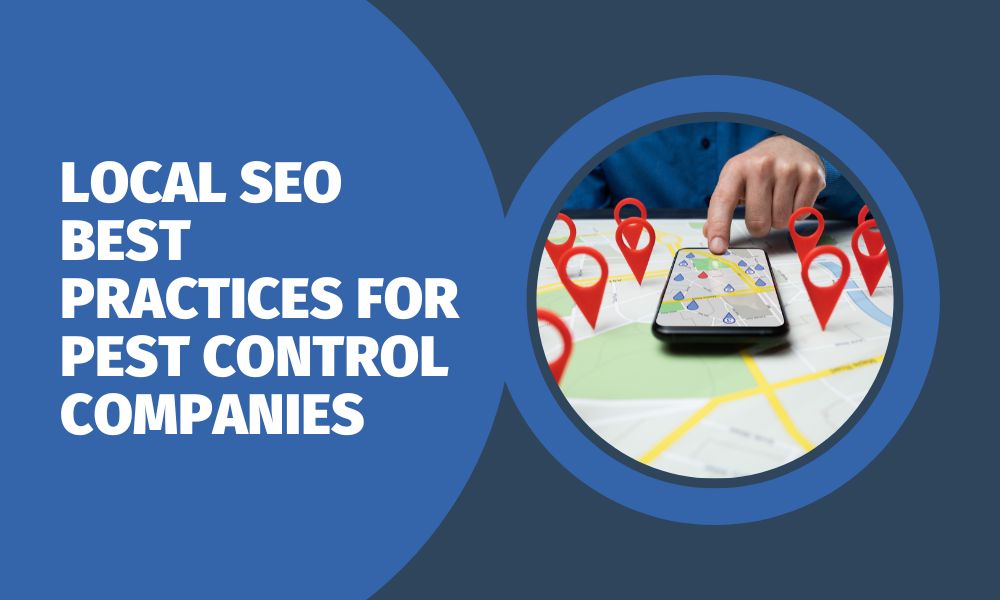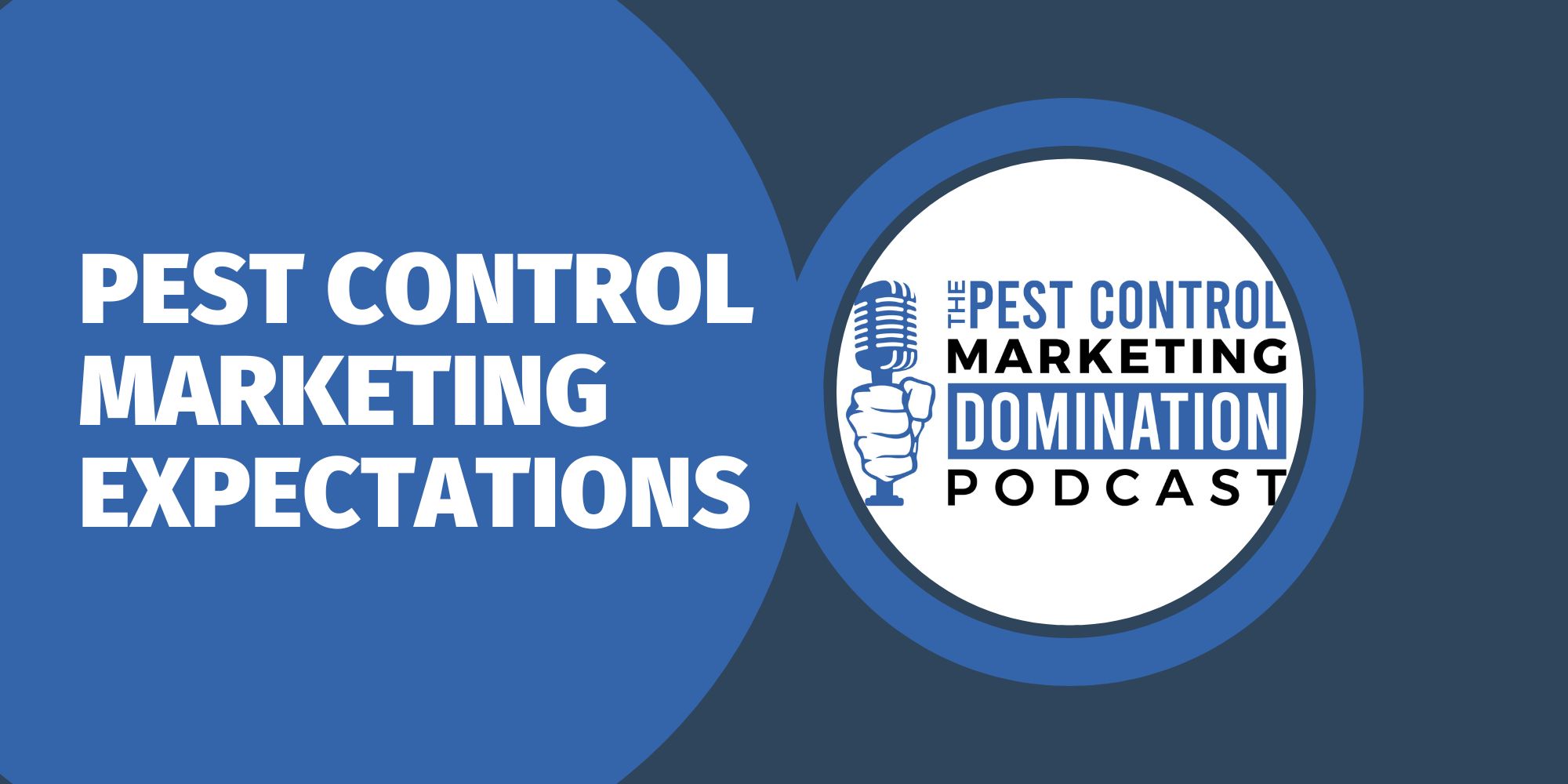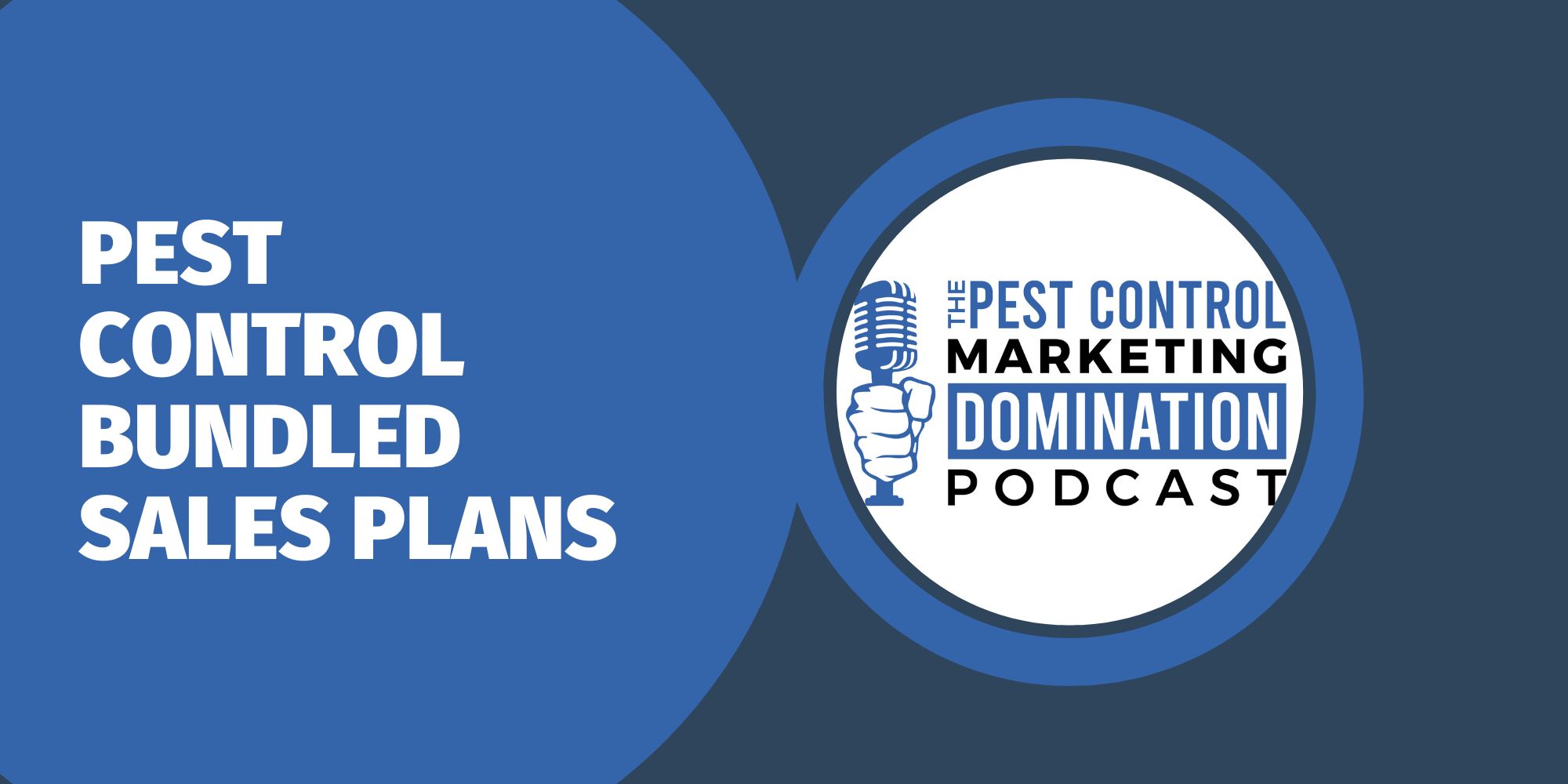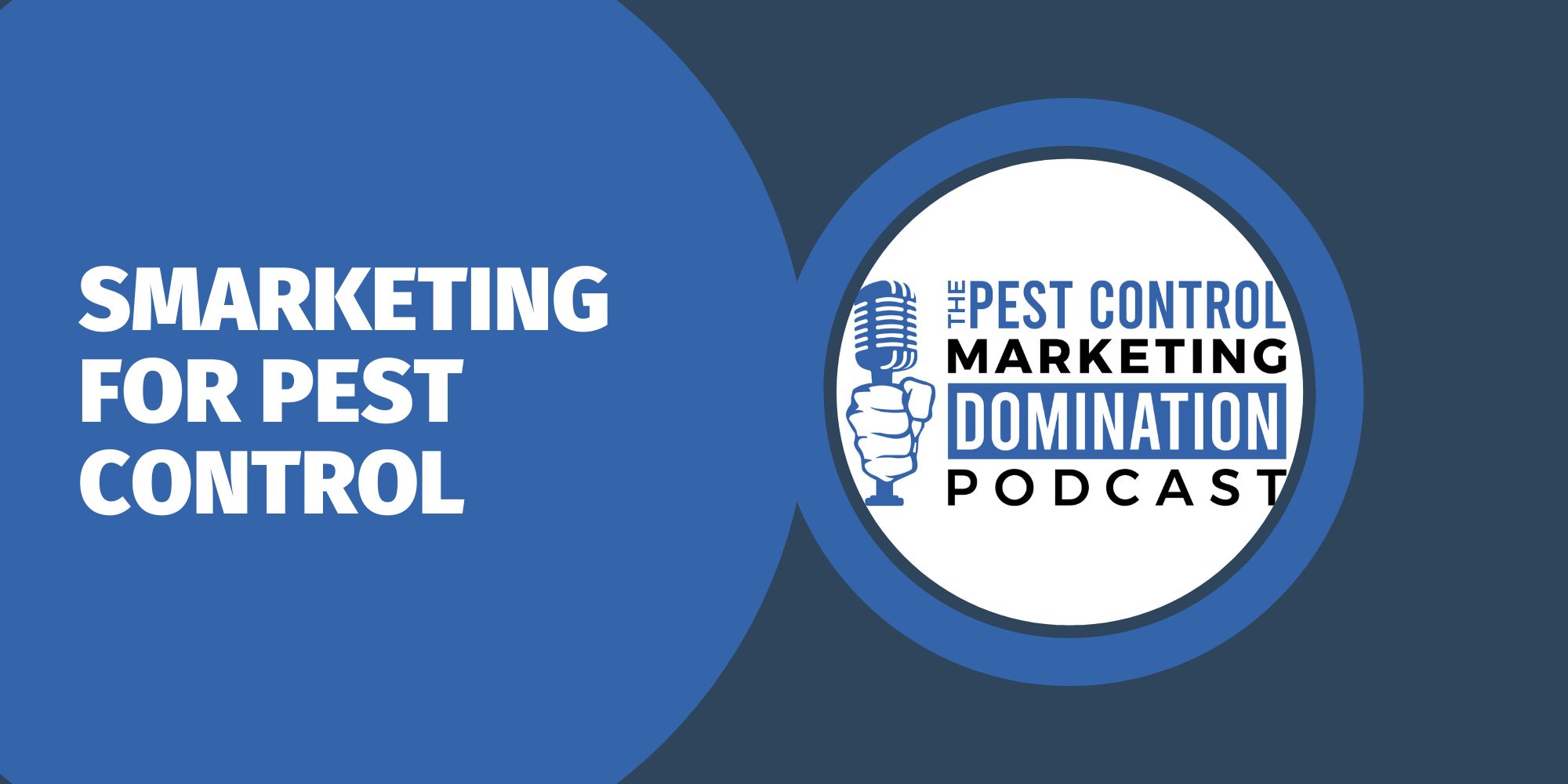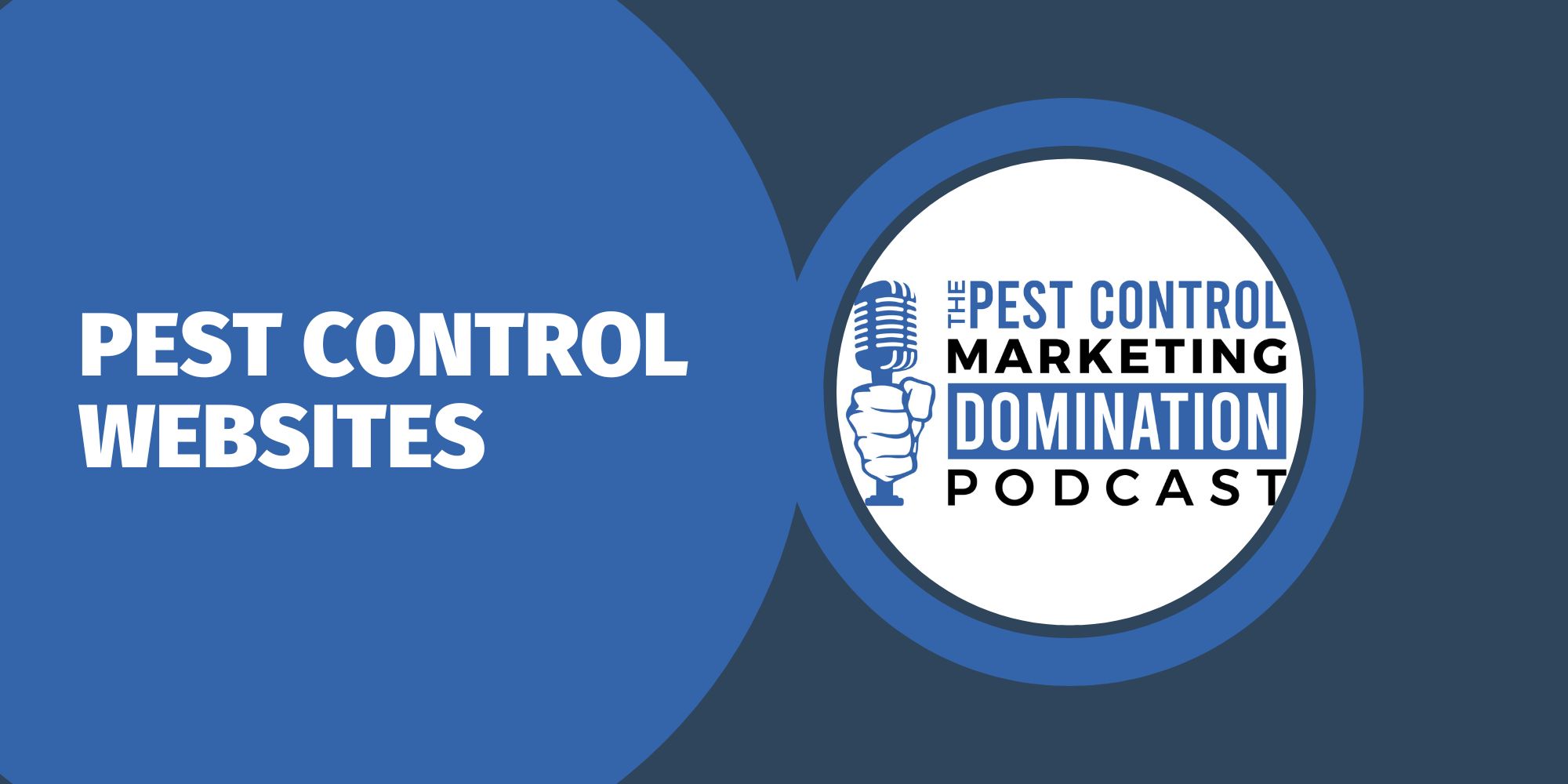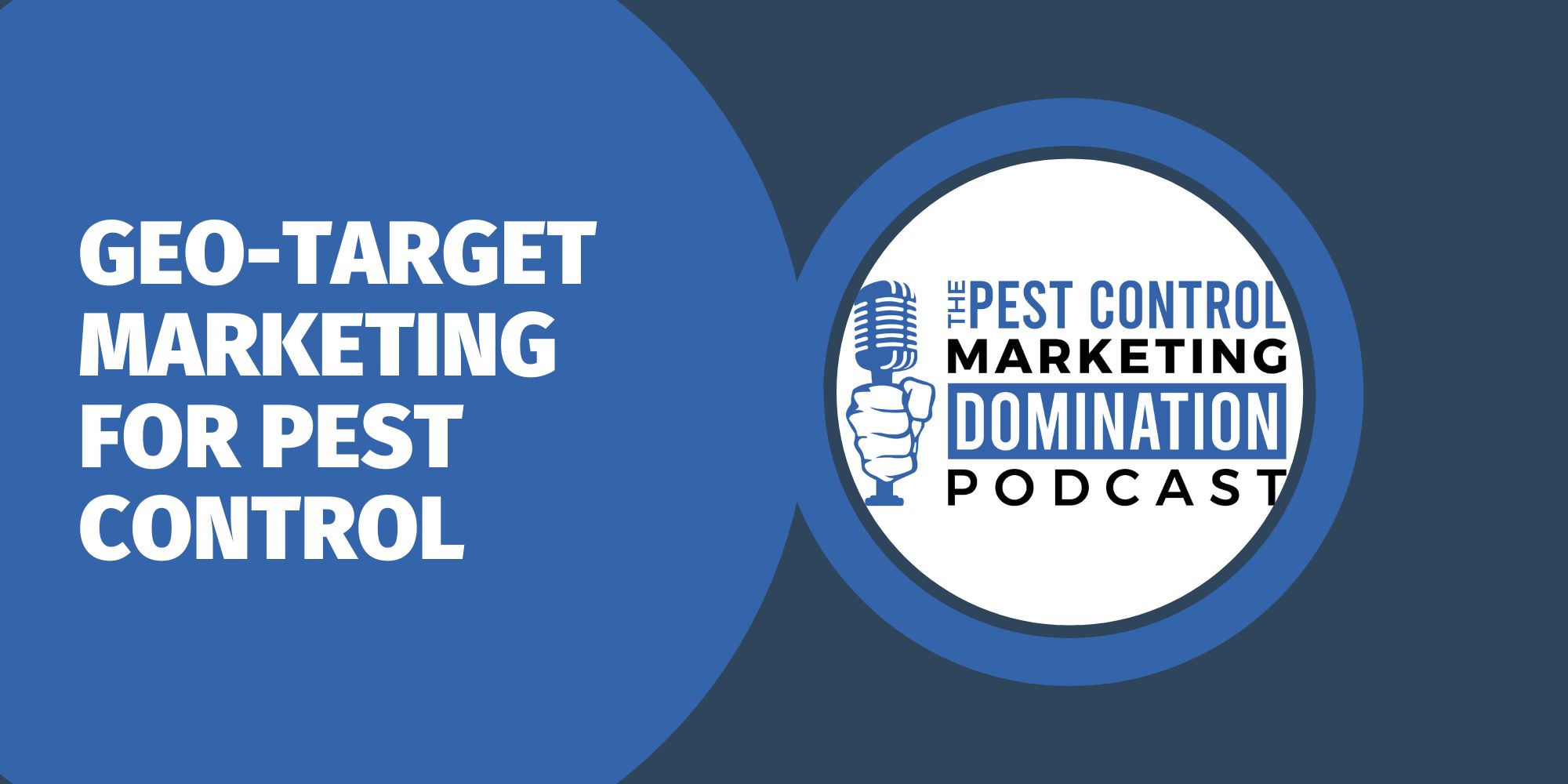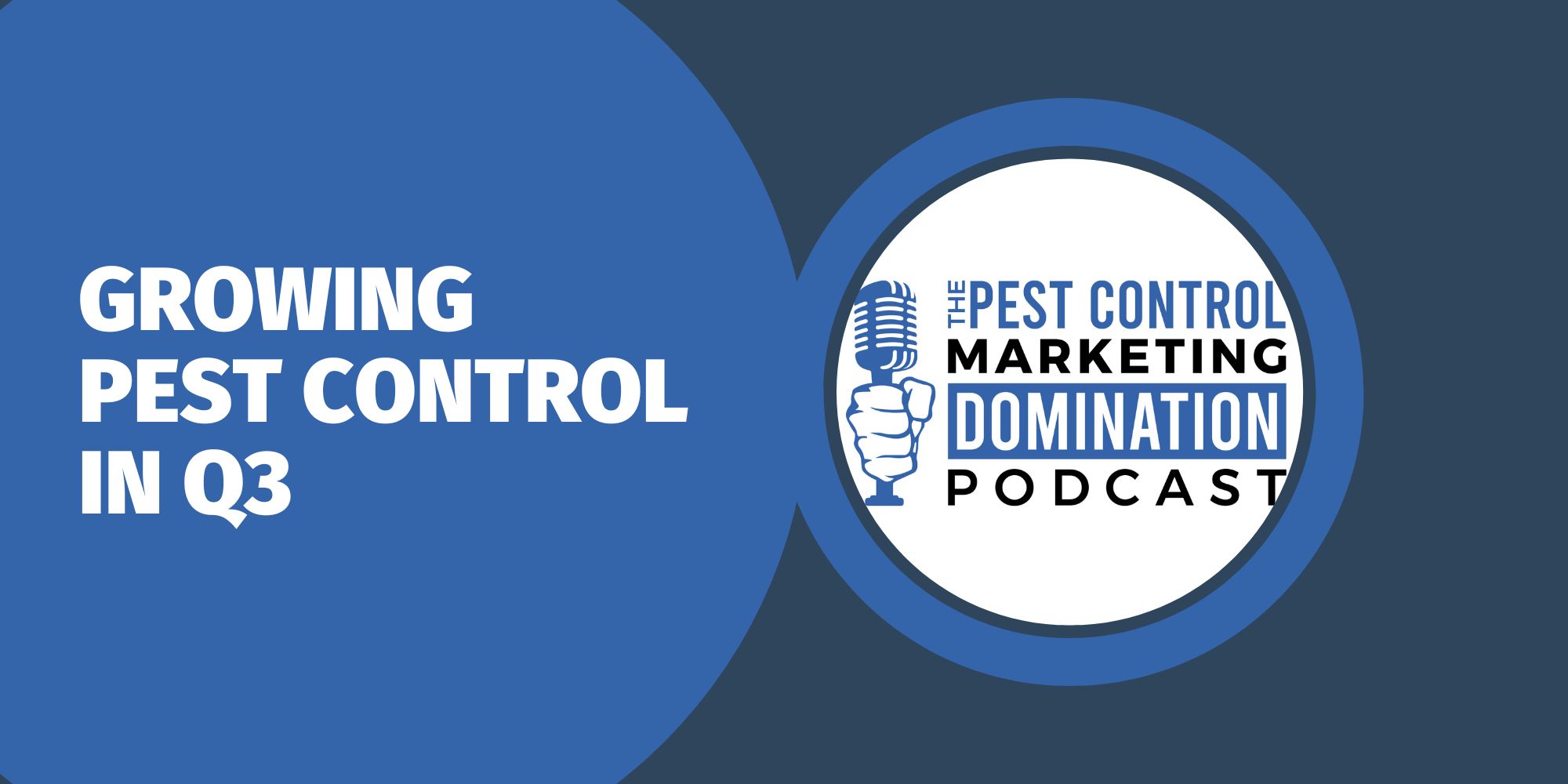Email marketing has been around for a long time, and for good reason: it’s one of the best tools you have to generate more revenue, convert leads into customers, and maintain existing clients for your pest control company. However, there’s more to email marketing than simply sending out a stream of emails once or twice a month. Without an effective strategy, your email marketing campaign will likely result in wasted time and effort.
So how can you develop an email marketing strategy that works for your pest control company? Here are some tips that can help:
Create an email contact database
First, even the most strategic email campaign is useless without an audience, and even more importantly–the right audience. Surprisingly, when it comes to email marketing, building an email contact database of prospective pest control clients is what many pest control companies struggle with the most. However, with a few simple changes to your company’s daily routine, you can quickly accumulate a substantial email contact database. Here are some tips to help you get started:
- Train your staff to collect emails: The best way to lose out on valuable email addresses is by failing to ask for them. Your staff should be trained to collect emails from every client and lead they talk to.
- Use lead magnets: Lead magnets are a simple strategy that entices users to provide their email in exchange for something else. Examples might include access to a free online guide, information about how to deal with local pests, or a helpful infographic.
By incorporating these simple practices into your pest control company’s daily routine, you’ll ensure that you not only collect email addresses, but email addresses from those who have expressed interest in your services.
Segment emails into lists
Nothing is a bigger waste of time or effort than sending irrelevant emails to your recipients. Emails that don’t apply to the recipient will either go unread, be opened, scanned, and forgotten, or worst of all: result in a user who unsubscribes. This means that for your email marketing efforts to be effective, your recipients need to value the content you’re sending out. So how can you ensure you’re sending out content that’s valuable to your audience? This is where segmented lists come in handy.
Segmenting your email contacts into lists is an effective way to ensure you’re sending out content that is as relevant as possible to a given customer. Your email list likely contains a variety of customers with different priorities and interests who won’t necessarily benefit from the same email content. For example, would a residential homeowner benefit from an email with content specific to commercial property owners? Or would a neighborhood-specific email be useful for a homeowner in a different area? Maybe, but remember: in most cases, marketing emails aren’t one size fits all.
In order for your marketing campaign to be successful, it’s important to determine what groups exist within your audience and segment them into lists in order to send targeted email campaigns. For example, your segmented lists might include groups such as residential homeowners, commercial property owners, or seasonal customers for your summer mosquito program.
Optimize emailing times
Next, do your research about the most effective time to send emails. Believe it or not, the time and day that you send emails can affect the odds of whether or not your email is even opened at all. Research shows that the best time to send emails is on Tuesday (with an open rate of 20%) while the worst weekday to send an email is on Friday (only an 8% open rate).
Create a personalized experience
Another way to increase the effectiveness of your email marketing campaign is by personalizing the email to the customer. Beyond ensuring that the email content targets their specific needs, simple efforts such as using their first name or mentioning relevant target pests is a great way to improve the user’s experience and ultimately, increase engagement.
Another important tip is to make the most of subject lines. Subject lines are one of the biggest factors that determine whether a recipient will open an email, leave it unread, or even delete it. Carefully craft your subject lines to be engaging and personal to the customer. If possible, mention their target pest and information specific to their area. If the email subject line contains information they care about, chances are good they’ll trust that the email is worth opening.
Improve Your Email Marketing Efforts Today
Whether you’re starting from scratch or already have an email marketing campaign underway, applying these tips will help you boost your pest control company’s revenue, consistently land new customers, and produce real results for your pest control company.
For more information about improving your pest control company’s email marketing strategy or for a free consultation, reach out to us at Rhino Pest Control Marketing.










